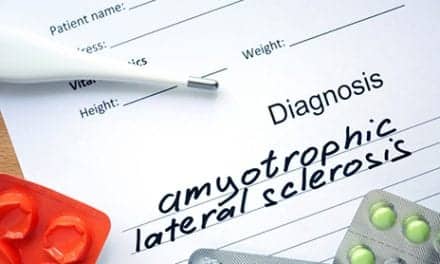A rapid recovery protocol (RRP) leads to increased range of motion (ROM) and decreased length of stay (LOS) in the 12 months after total knee arthroplasty (TKA), research published recently in the Journal of the American Academy of Orthopaedic Surgeons (JAAOS) suggests.
The study looked at 323 patients who underwent TKA performed by a single orthopaedic surgeon. Of those patients, 129 were treated with a standard recovery protocol (SRP), and 124 were treated with RRP in the year following their procedures.
Prior to this study, lead author and orthopaedic surgeon Vinod Dasa, MD, FAAOS, and his team were using SRP to treat patients after TKA, which includes a femoral nerve block, spinal anesthesia, multimodal analgesia and little patient education prior to surgery. After looking at new innovations in the field, Dasa and his team set out to revamp the TKA recovery process.
This began with aligning stakeholders within the hospitals, including physical therapists, operating room staff and nurses, to work together towards shorter LOS and greater ROM for patients. Soon, patients were being discharged from the hospital within 24 hours of their completed procedure and the team extended their technique into a new hospital protocol, called RRP, a media release from the American Academy of Orthopaedic Surgeons explains.
“I was getting frustrated because I didn’t have any metrics to see if what I was doing with the rapid recovery protocol was actually making an impact.
“My team and I wanted to put some numbers behind what we were seeing in the exam room with the right evidence to support what we thought was happening and, ultimately help guide higher quality patient care.”
— Vinod Dasa, MD, FAAOS, who practices at LSU Health and Oschner Medical Center – Kenner in New Orleans
Rapid Recovery Protocol Process
The RRP process includes engaging and educating patients about the procedure, freezing nerves around the knee 1 week before the procedure, using an adductor nerve block during the surgery, quickly enrolling patients in postoperative physical therapy, and reassessing the multimodal pain management strategy by limiting or eliminating postoperative narcotics.
“As I started seeing the outcomes after implementation of the rapid recovery protocol, one of my biggest cheerleaders was our physical therapy departmen,t and that’s what inspired us to look at this objectively and move forward with an actual study.”
— Vinod Dasa, MD, FAAOS
Two main factors that were measured to gauge the success of the RRP were range of motion of the knee and length of stay in the hospital. ROM is measured both before and after surgery using a goniometer, or a compass used by surgeons to calculate precise angles. LOS is determined by the number of calendar days a patient remains in the hospital after the completion of their surgery.
“When we use RRP, we don’t need to keep patients in the hospital any longer than needed, which helps decrease the risks of complications and increases the quality of care and recovery.
“In the context of value, it can be costly to keep patients in the hospital unnecessarily, so if we can move patients into an ambulatory setting the same day of their surgery, there is a significant amount of cost savings, making heath care more sustainable and accessible.”
— Vinod Dasa, MD, FAAOS
Study Results
The results of this study showed that the mean LOS for the RRP group was .8 days, compared to the SRP group’s mean LOS of 2.5 days. In addition, RRP was associated with a higher flexion, or range of motion, in the 12 weeks after the procedure.
Thanks in part to the implementation of the RRP, Dasa has seen many patients in the last year undergo a completely opiate-free recovery, only taking mild pain relievers following TKA, the release continues.
“Knowing that many patients did not need or take the prescribed narcotics after surgery piqued our interest.
“So much so that once we reopened our practice in May following COVID-19 restrictions, we reduced the frequency of narcotics prescribed to patients. This data is leading us to complete another study in mid-2021 on the impact of the rapid recovery protocol to eliminate opioid use after surgery for many patients.”
— Vinod Dasa, MD, FAAOS
Recommending to Patients
Based on the results of his study, Dasa is enthusiastic about recommending the RRP to qualifying patients at his practice, although it is not appropriate for everyone. Setting patient expectations is an important factor in the preoperative education phase. Elderly patients, those who are extremely ill or morbidly obese may not be candidates for RRP, and physicians should use caution when deciding the optimal path for their patients.
“For my colleagues, as well as our residents and medical students, we do educational sessions to teach surgeons about different opportunities and novel technologies to enhance and improve patient outcomes, whether that includes RRP or not.
“I think we owe it to our patients to keep enabling and deploying the innovations, technologies, processes, workflows and whatever else it takes to improve their quality of life and provide them with the most optimal results.”
— Vinod Dasa, MD, FAAOS
[Source(s): American Academy of Orthopaedic Surgeons, PR Newswire]
Related Content:
Proposed Medicare Cuts to Total Joint Arthroplasty Will Hit Surgeons and Practices Hard, Per AAHKS Statement
Do Converted ‘Partial’ Knee Replacements Have a Long Shelf Life?
Appropriate Care—Including PT—At Home Could Aid Knee Replacement Recovery





